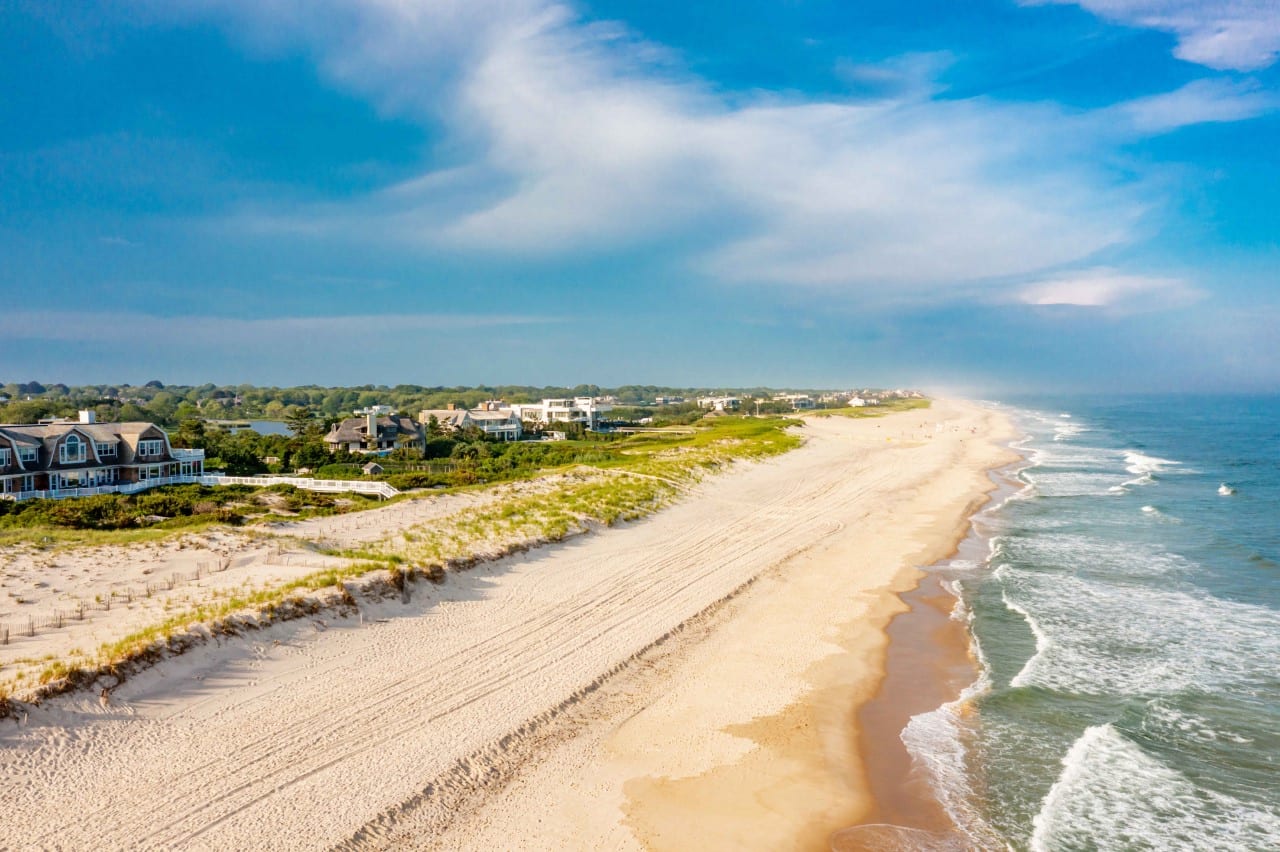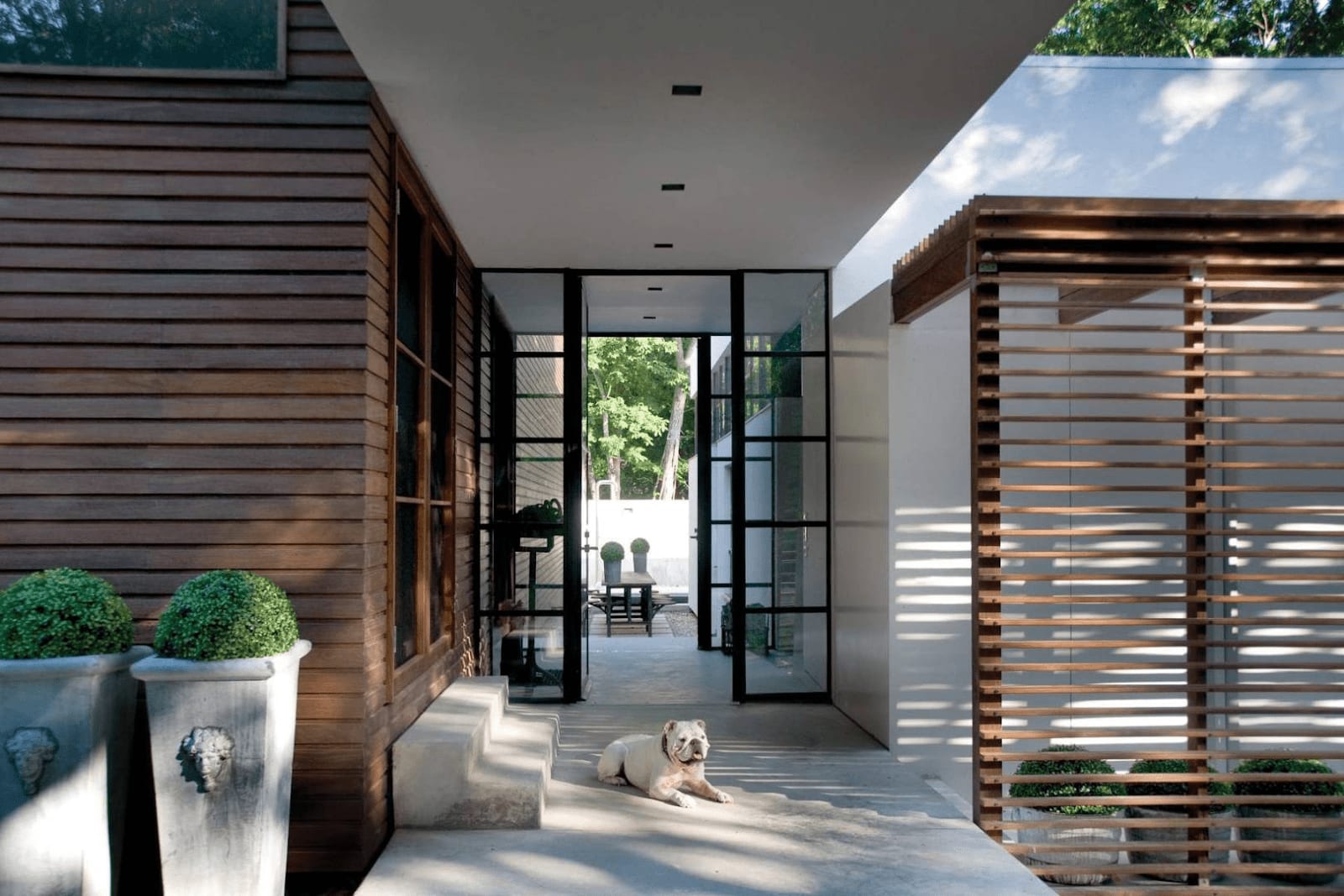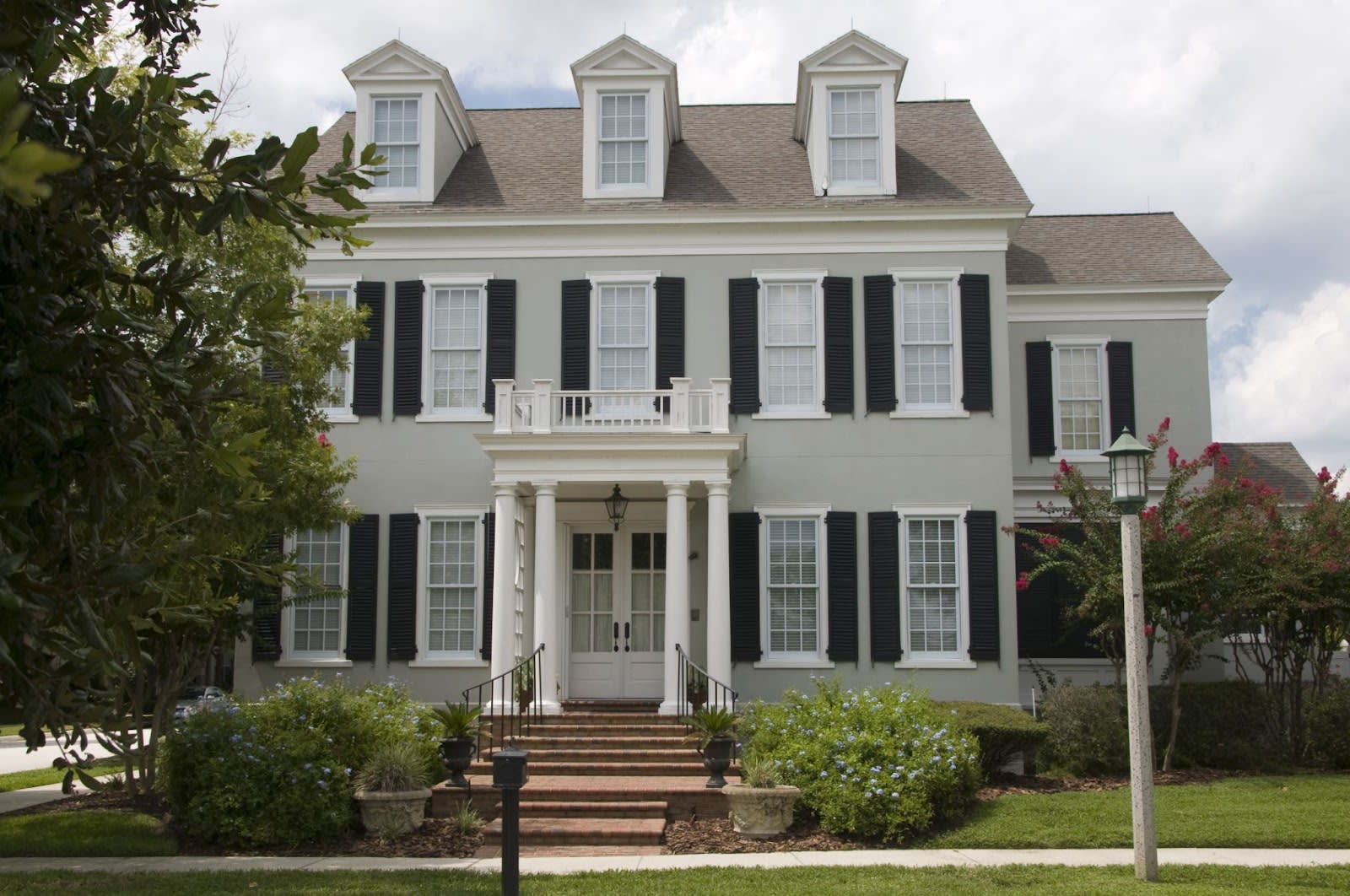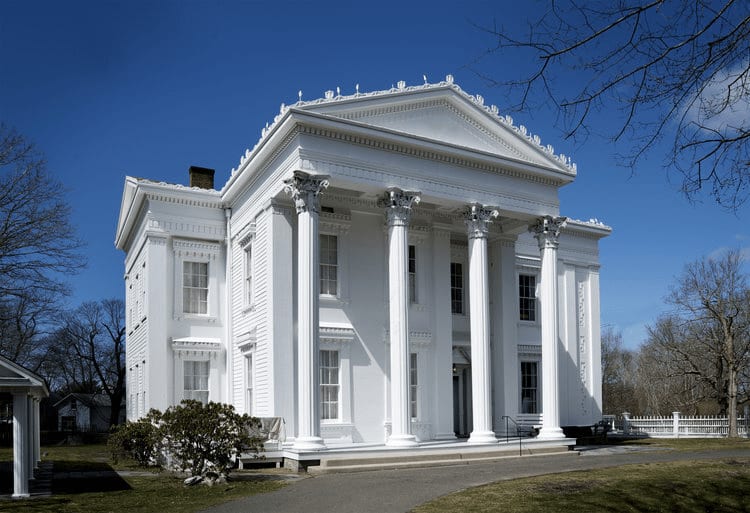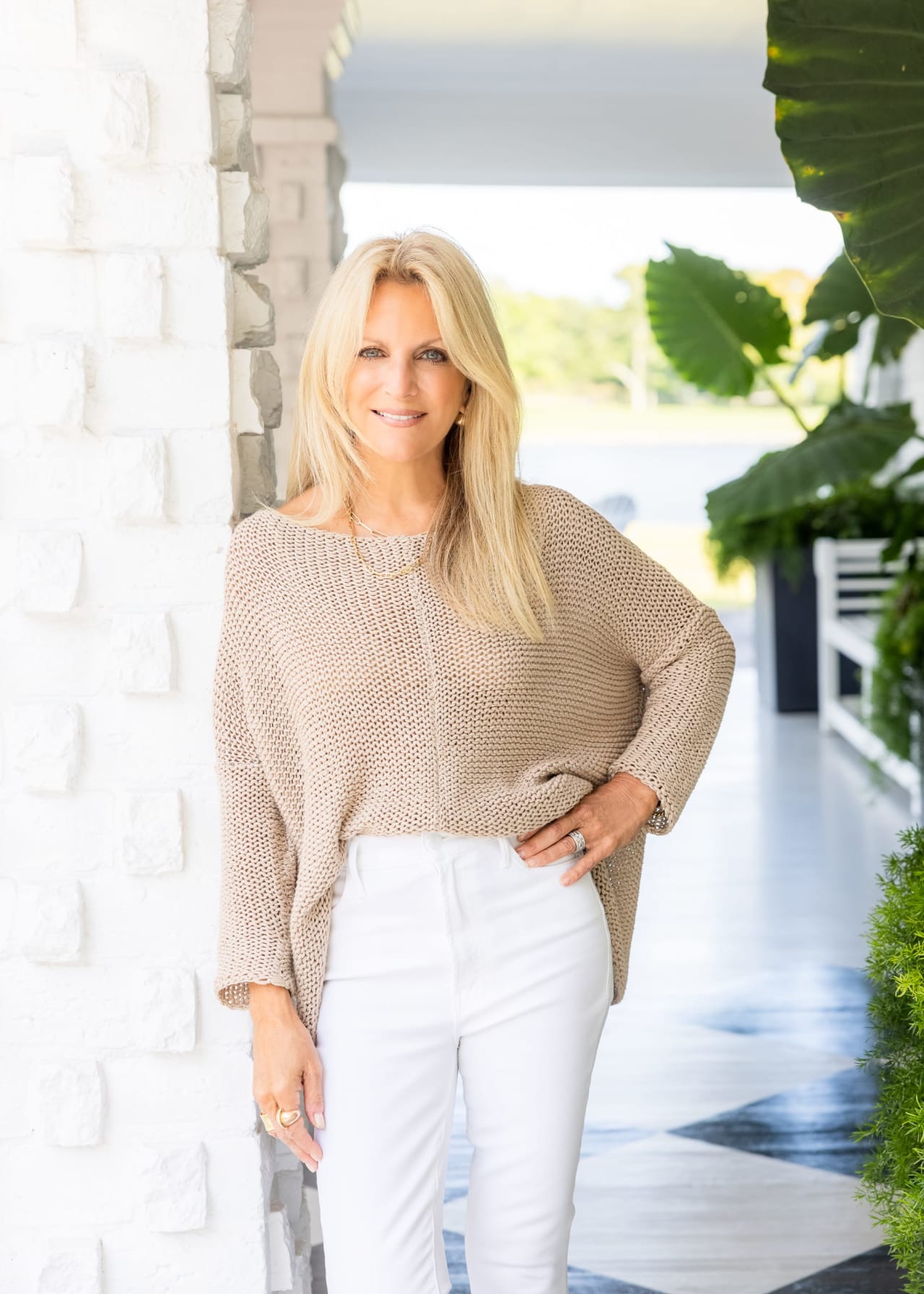Shingle, Contemporary, Farmhouse, Colonial, Neo
The Hamptons is part of the East End of Long Island and is comprised of a group of villages and hamlets in the towns of Southampton and East Hampton, which form the South Fork of Long Island. This is all located in Suffolk County, New York. This area forms a popular seaside resort and one of the historical summer colonies of the northeastern United States.
The Hamptons are home to many communities. Because of its community of summer vacation residents, this means lavish and upscale homes. With luxurious buildings and residences to pick from, this means a wide range of architectural styles. Residential real estate prices rank among the highest in the U.S., which is in large part because of how opulent the homes here truly are.
From cute little cottage Shingle-Style homes all the way to Neoclassical, The Hamptons are swimming with various architectural home styles.
Shingle Style
Shingle Style is one of the quintessential architectural styles of The Hamptons. It was popularized in New England in the late 1800s, by architects who wanted to break away from the ornate Queen Anne homes. Homes with this style are on constant display in The Hamptons and it is very unlikely to ever go out of style. The Shingle style does, of course, resemble the Queen Anne style in shape and form. But what it lacks is the decorative details. Porches are large, often wrapping around the entire front and sides of the building. Roofs tend to be multi-gabled and sweeping. Windows are small and multi-paned and are often grouped in pairs or triplets as opposed to singularly.
There are very many Shingle-style seaside cottages for the upper echelons of Southampton and East Hampton. These homes remain the most popular with those looking for a cozy seaside cabin. The biggest example of these styles of homes would be on the East End, in the area dubbed the Seven Sisters, which is a complex of Montauk cottages that were built in the 1880s.
344 Little Noyac Path, Water Mill
Contemporary Style
73 Laurel Lane, Sag Harbor
Contemporary Style architecture isn’t one set type of visual style. It derives from postmodernism and high-tech architecture with new interpretations of traditional architecture. Its designs are highly conceptual, and can sometimes resemble sculptures.
The popularity of Contemporary Style homes has increased over recent years. With an eclectic combination of multiple architectural styles, contemporary homes often feature those modern materials such as steel and concrete, with large banks of grass that allow the natural light to filter into the home. One of the good things about this architectural style is that it doesn’t need to fit into a box.
There are a few characteristics that make this style noticeable, though. Things such as large windows allow in natural light, which is probably the most defining characteristic of this architectural style. Open interiors, flat roofs, eco-friendly building materials, sustainable design, and natural features are other secondary characteristics.
While Contemporary Style is often confused with Modern architecture, there are a few key differences. Modern architecture was the precursor to Contemporary Style, and the Contemporary Style homes we see in the Hamptons lean heavily on the tradition of minimalism, simplicity, and components such as metalwork and glass.
Farmhouse Style
344 Main Street, Sag Harbor - Home by SME Luxury Homes
The Farmhouse style is mostly defined by rustic yet chic interiors, which are reimagined for a cosmopolitan audience. Materials such as wood flooring and beams, stone fireplaces, and oversized windows are used to create a seamless mix between old and new. This look is best for anyone who prefers something straddling the line between down-to-earth and sophisticated. The American Farmhouse style combines practical elements such as a simple floor plan and white walls with rustic materials, such as wood floors and wrought-iron hardware.
Typically, the American Farmhouse has the following features: rectangular or T-shape floor plan, one-and-a-half or two stories, white or light-colored exterior, side gable-end roofs, dormer windows, large and welcoming porches, formal rooms in the front which are separated by walls and doors while the family rooms are in the back, dominant fireplaces, thick walls, and few, small windows.
There is a growing interest in the revival of old homes, which takes views from the American Farmhouse style. But there is also Modern Farmhouse, which can take changes in color palettes, accessories, and furniture. It is most notably seen as Casual Country.
While this is a popular trend on the East End, with an old-age style upgraded for modern times, the Farmhouse style might not sound appealing to everyone - specifically city slickers. But these rustic homes are truly beautiful, especially in the proper surroundings. Taking cues from converted barns, or at least taking inspiration from barns, they thrive in nature-derived surroundings. They are large and use oversized windows, using natural and preferably locally sourced materials. These types of homes are used all over, but they are best in nature.
Colonial Revival
Colonial Revival architecture is one of the most well-known and widespread residential architectural trends in American history. The origins can be traced all the way back to the late 1800s when the country was celebrating its centennial. This inspired some Americans to look back at the colonial period. 1876 reignited the fascination with the American colonial past and thus the Colonial Revival was born. This style is a perfect mix of several American architectural styles, with rectangular features, symmetrical exteriors, and multiple shutter windows.
Most Colonial Revival buildings tend to have contained rectilinear massing, only broken usually by bay windows. There are symmetrical facades with central entrances, front porches with columns and classical balustrades, relatively uniform and ordinary roofs which are sometimes elaborated on the facade by a cross gable or a row of dormers, and of course: the window shutters. The window shutters are easily the most obvious feature of these types of homes, as there are so many of them and they are visible on every single side of the exterior.
Neoclassical Revival
The Sag Harbor Whaling & Historical Museum
Unlike its counterpart, the Colonial Revival Style, Neoclassical Revival isn’t always largely known for residential buildings. The best example of this in The Hamptons would be the Sag Harbor Whaling & Historical Museum.
Neoclassical Style architecture is the revival of Classical architecture from the 18th and early 19th centuries. Neoclassical architecture is largely classified by the grandeur of scale. It is largely recognizable for its symmetry, from its facade to its symmetrical flanking of windows and a centered entryway with classical columns of support. This style tends to be more lavish. The columns on Neoclassical homes, for example, use the full height of the house to give it a more regal and opulent look. This is a large reason why this style suits museums well. Classical detailing and ornate detailing are common in these styles of buildings.
The biggest characterization is, of course, the grandeur of scale. But the secondary characterizations are the simplicity of the geometric forms, Greek or Roman detail, dramatic use of columns, and a preference for blank walls. This means no funky or outlandish colors. This is overwhelmingly popular in upscale locations, for people with a taste for antique simplicity.
Do you want more?
If you are interested in learning more about homes for sale in Southampton or Sag Harbor real estate, contact Deborah Srb for more information. She’ll gladly guide you through your real estate journey, whether buying or selling.
